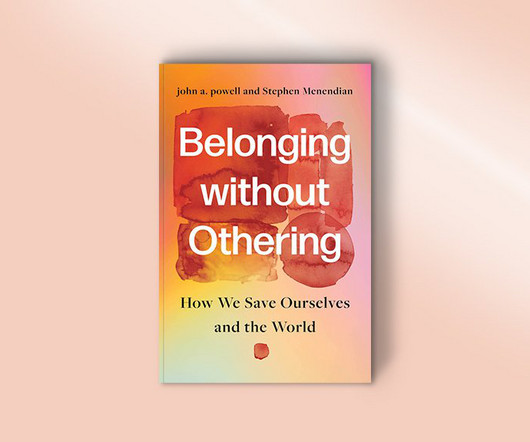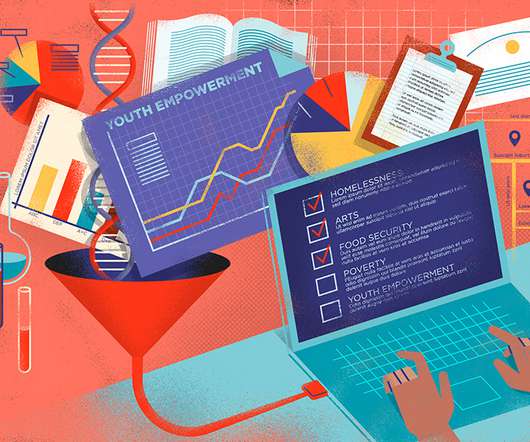How to Achieve Belonging without Othering: A Conversation with john a. powell
NonProfit Quarterly
JULY 23, 2024
Technology has changed all that. In a sense, the technology has given [us] the ability to communicate and have contact with each other, which is great and creates new possibilities but also new dangers. “One They simply won’t adopt social policies. But the world is smaller now.












Let's personalize your content